Table of Contents
Chemical or Dry Corrosion:
When there is direct chemical action of the environment or atmospheric gases such as oxygen, halogen, nitrogen, etc. on metal surfaces, the type of corrosion that occurs is called chemical or dry corrosion.
Chemical or Dry Corrosion Types:
It is following three types:
- Oxidation Corrosion (Corrosion by O2).
- Corrosion by other gases.
- Liquid Metal Corrosion.
Oxidation Corrosion (Corrosion by O2):
It is brought about by the direct attack of oxygen on metals at low or high temperatures, usually in the absence of moisture.
For example, alkali metals and alkaline earth metals are oxidized at low temperatures.
Mechanism of Dry Corrosion:

The exposed metal surface loses electrons and forms metal ions, whereas oxygen accepts the electrons and changes to oxide ions. The metal ions and oxide ions combine to form metal oxide.

This theory is called Wagner’s theory of oxidation of metals.
The metal oxide layer formed acts as a barrier towards oxidation. Further attack of O2 depends upon two factors.
- Nature of oxide film formed.
- Rate of diffusion of metal ions.
Let us explain each factor briefly:
(1) Nature of oxide film formed- The oxide film formed can be of the following types:
- Stable- When the oxide film is stable, tightly adhering, and impervious in nature, then it acts as a protective coating. Therefore further attack of O2 on the metal surface is stopped.
- Unstable- When the oxide film formed is unstable, then it decomposes back to metal and oxygen. Therefore oxidation corrosion cannot continue further. For example, oxide films formed on Ag, Au, Pt.
- Volatile- When the oxide film formed is volatile, it volatilizes or changes to a gaseous state as soon as it is formed. Therefore making the metal surface available for continuous attack. For example, an oxide film formed on Mo (Molybdenum).
- Porous- When the oxide film formed is porous in nature, then the metal is attacked by oxygen through the pores and corrosion continues till the entire metal is converted into oxide. For example, an oxide film formed on alkali and alkaline earth metals.
The nature of oxide film is governed by the Pilling Bedworth Rule.
Pilling Bedworth Rule:
It states that an oxide layer is protective or non-porous if the volume of the oxide is greater than or atleast equal to the volume of the parent metal from which it is formed. On the other hand, if the volume of the oxide is less than the volume of the parent metal, the oxide layer is porous or non-protective.
This rule can be explained by the following relationship.
| i.e., Specific Volume Ratio = Volume of Metal Oxide / Volume of Metal |
The following two cases may arise from the above relationship.
- If the volume of oxide ≥ volume of parent metal i.e., the specific volume ratio is greater than or equal to one, then the oxide film is non-porous or protective. For example oxide films of Al, Sn, Pb.
- If the volume of oxide < volume of parent metal i.e., the specific volume ratio is less than one, then the oxide film is porous or non-protective.
For example oxide films of alkali and alkaline earth metal.
(2) Rate of diffusion of metal ions- The metal oxide films act as an interface. For the oxidation corrosion to continue further, the metal ions must diffuse outwards and oxide ions inward through the interface (oxide layer) for further action between them. As the size of the metal ion is much smaller than that of the oxide ion therefore metal ions diffuse outward at a faster rate than oxide ions, provided the oxide film is sufficiently porous in nature. Hence greater the rate of diffusion of metal ions, the more the corrosion.
Corrosion by other gases:
Besides oxygen, gases like Cl2, SO2, H2S, CO2, and F2 also react with metals. The corrosive effect of these gases depends upon their chemical affinity for the metal and also upon the nature of the compound formed on the metal surface.
- If the film formed is protective or non-porous the intensity of attack decreases because the film protects the metal from further attack. For example, AgCl film formed on Ag metal by the attack of Cl2 is protective in nature.
- If the film formed is non-protective or porous, the surface of the whole metal is destroyed. For example, dry Cl2 gas attacks Sn forming a volatile SnCl4 film, which leaves a fresh metal surface for further attack.
Liquid Metal Corrosion:
When the liquid metal flows over solid metal at high temperature, corrosion takes place which is called liquid metal corrosion.
This corrosion weakens the metal due to-
- Penetration of liquid metal into solid metal. For example, corrosion of cadmium in the nuclear reactor.
- Dissolution of solid metal atoms into liquid metal. For example, coolant (liquid sodium metal) leads to the corrosion of cadmium in nuclear reactors.

Liquid Metal M1 flowing over the surface of solid metal M2.

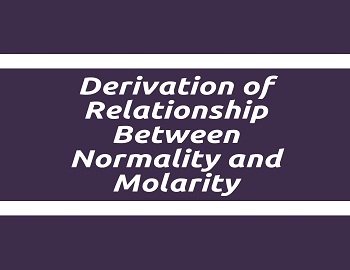
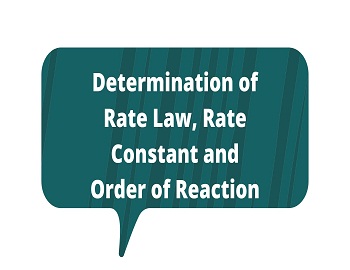
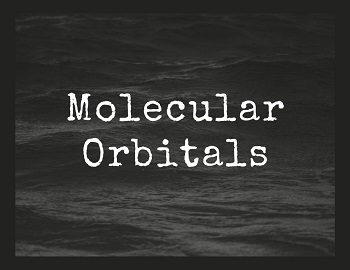
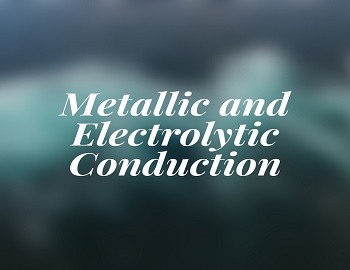
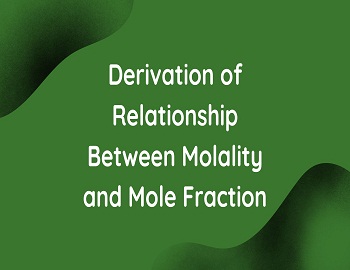



Comments (No)